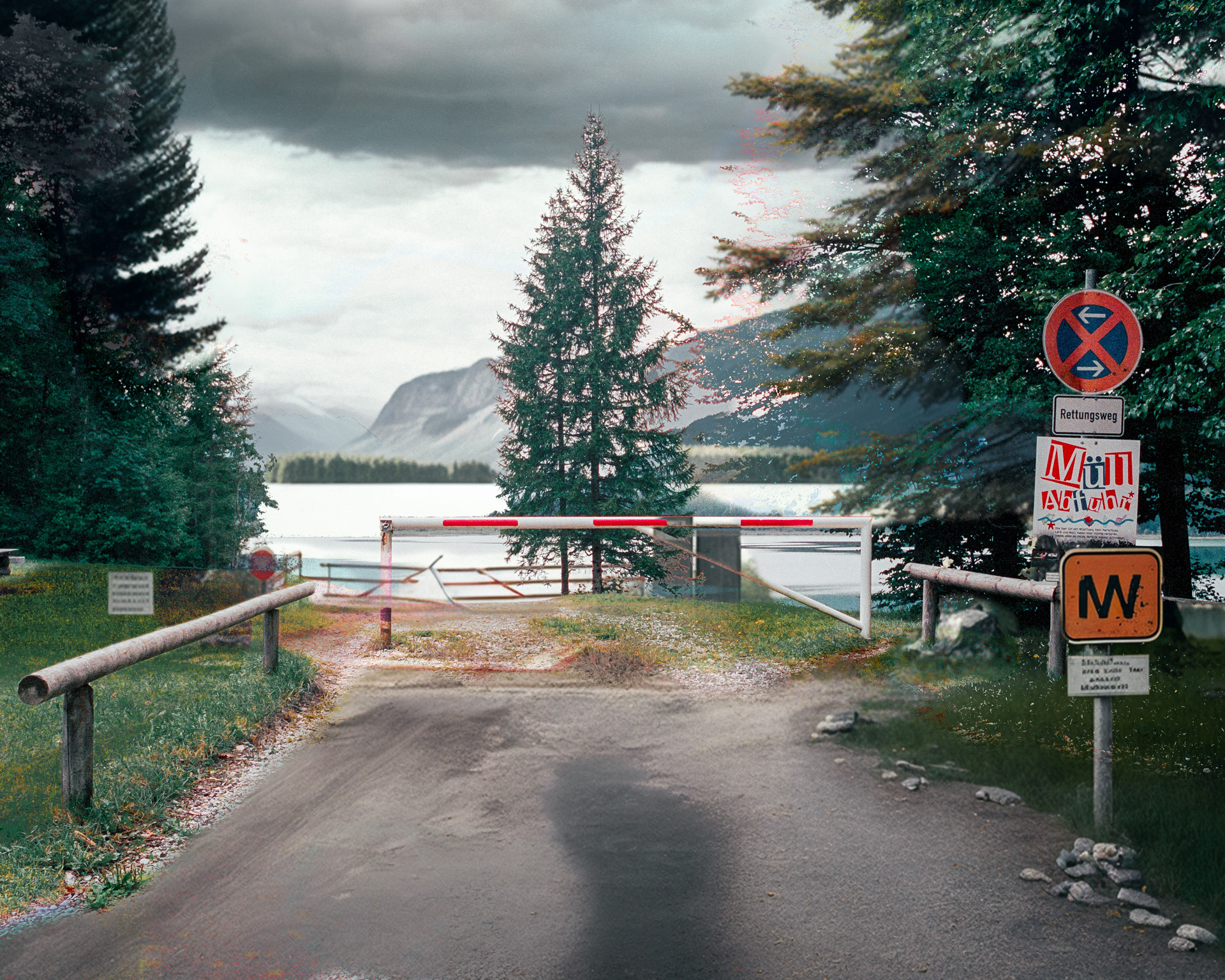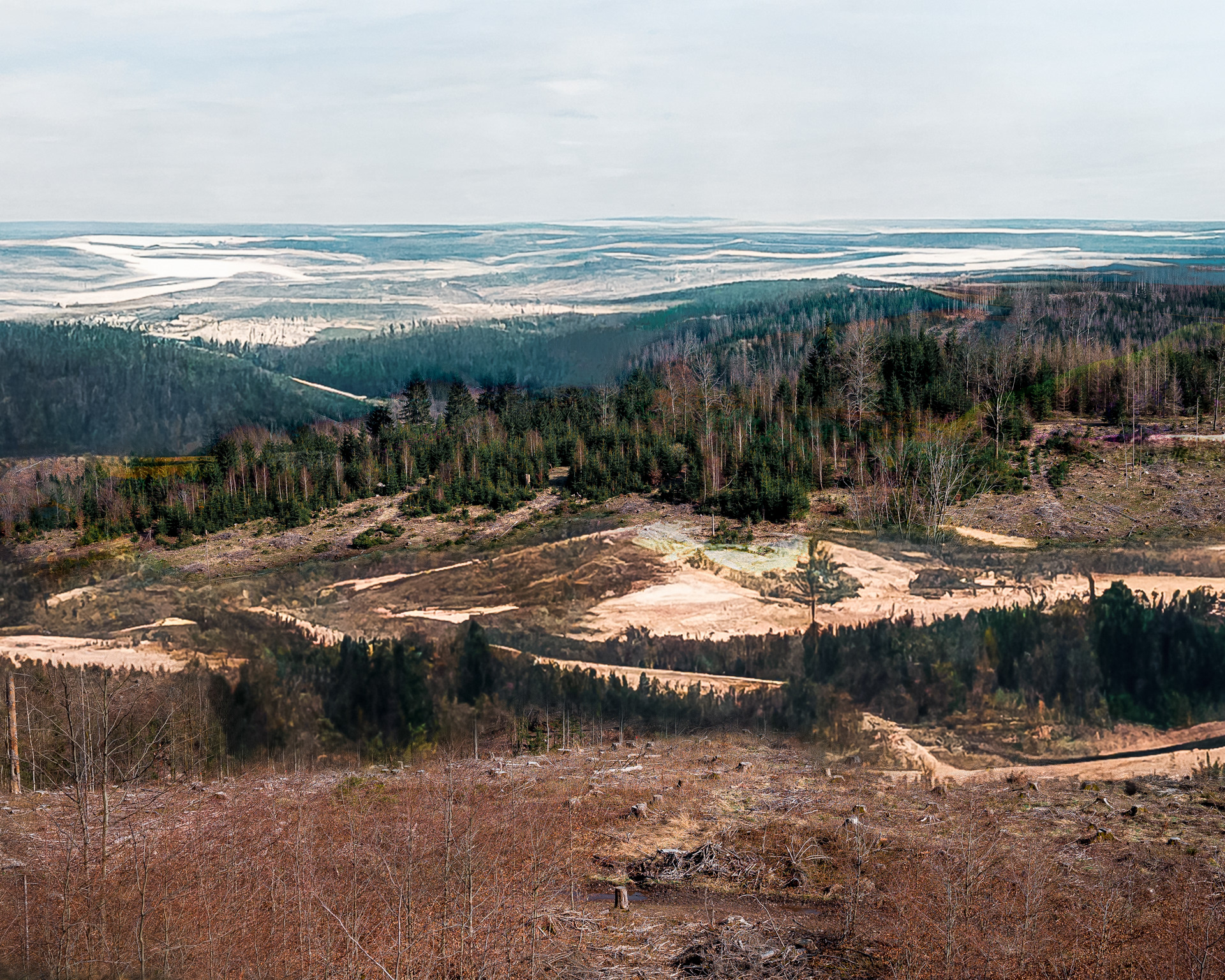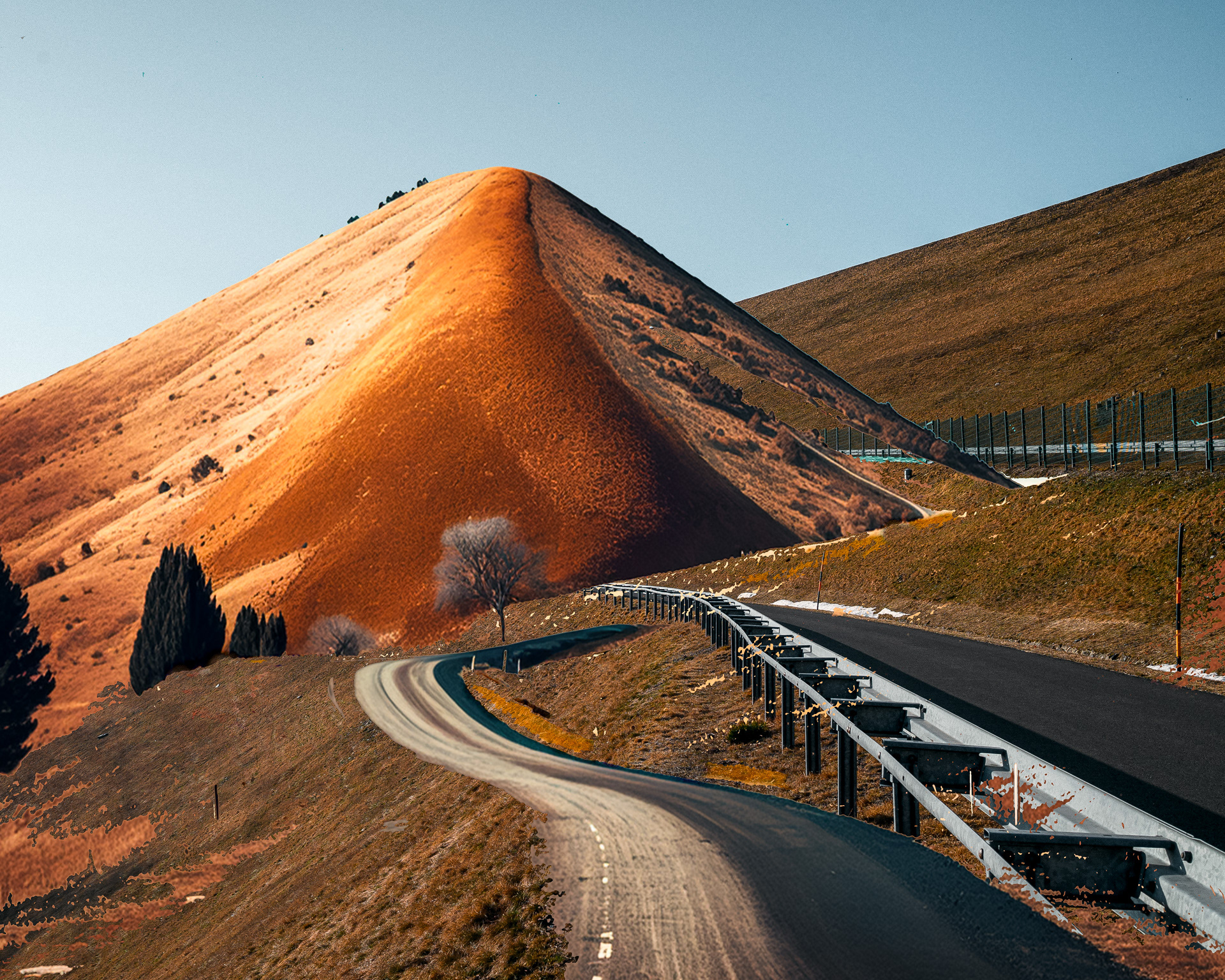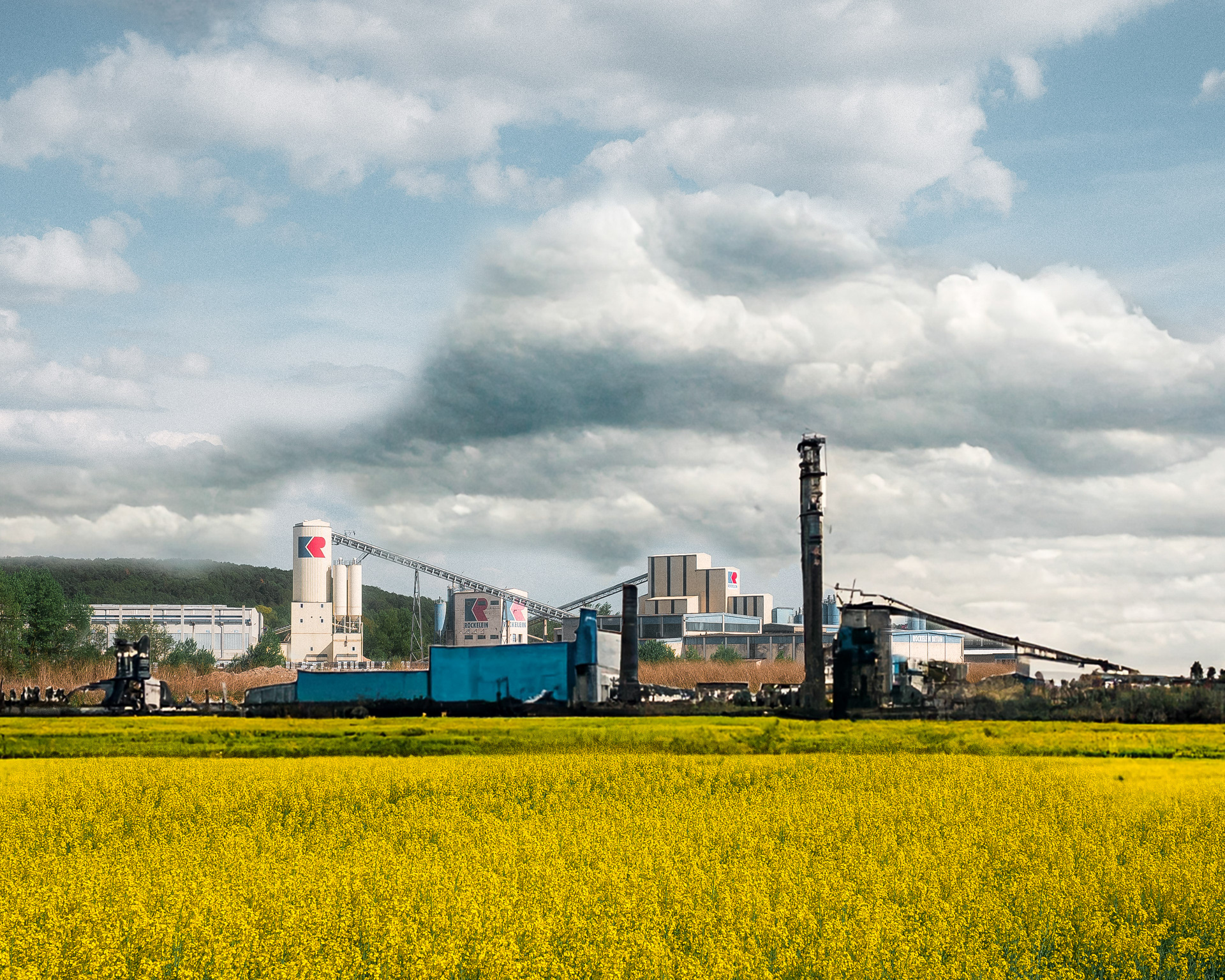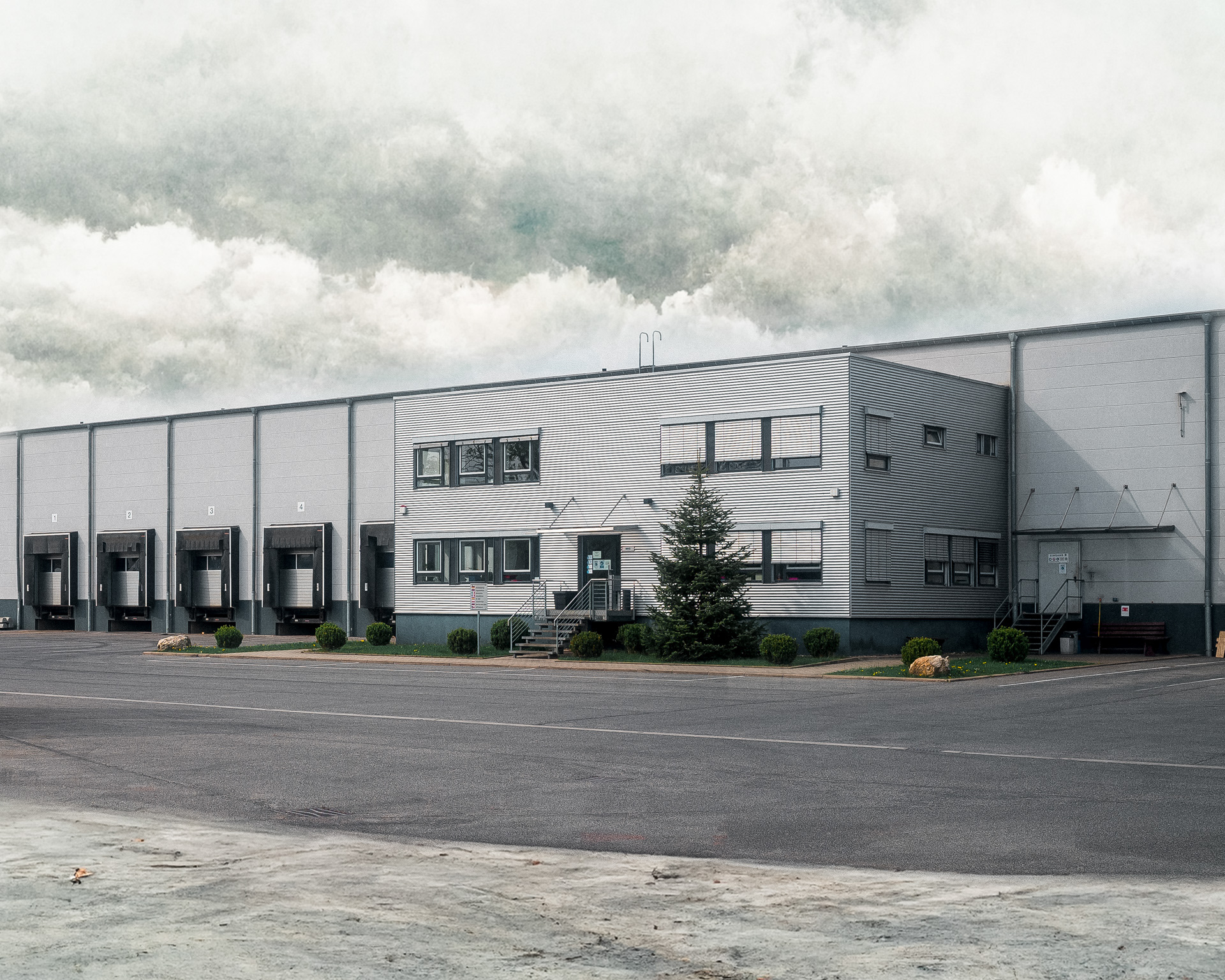Future Topographics visualisiert ein mögliches Verständnis der zukünftigen Landschaftsfotografie durch die Analyse historischer Fotografien und die Einordnung dieser als soziale Praxis in verschiedenen Netzwerken mittels AI generierter Bilder.
Die Fotografien werden in die Theorien der Gaia Hypothese und Bruno Latours Neue Soziologie eingeordnet. Das Netzwerk Landschaftsfotografie und AI generierte Bilder werden zu Aktanten und weißen Schnittstellen mit angrenzenden Netzwerken auf. Durch den Blick auf das Alltägliche referenzieren die Bilder inhaltlich auf ökologische, soziale, politische und technologische Themen des aktuellen Zeitgeschehens.
Die Fotografien werden in die Theorien der Gaia Hypothese und Bruno Latours Neue Soziologie eingeordnet. Das Netzwerk Landschaftsfotografie und AI generierte Bilder werden zu Aktanten und weißen Schnittstellen mit angrenzenden Netzwerken auf. Durch den Blick auf das Alltägliche referenzieren die Bilder inhaltlich auf ökologische, soziale, politische und technologische Themen des aktuellen Zeitgeschehens.
Die AI generierten Bilder reproduzieren die vorgefundenen Landschaften und konservieren sie, da diese aus bereits bestehenden Landschaftsbilder generiert werden. Somit prägt die Fotografie als Akteur das Landschaftsbild und gibt die jeweiligen Stereotype bereits vor, sodass die AI selbst wiederum Stereotype reproduziert und destilliert. Das finale Bild ist keine realistische Wiedergabe der Natur, sondern eine Idealisierung ähnlich dem Landschaftsbild seit dem 16. Jahrhundert.
Die Landschaften repräsentieren Systeme, deren Wirkung von der Differenz zur Wirklichkeit abhängig ist. Die Bilder sind Konstruktionen von Wirklichkeit, die sich in Form von künstlichen Landschaften manifestieren.
Die Landschaften repräsentieren Systeme, deren Wirkung von der Differenz zur Wirklichkeit abhängig ist. Die Bilder sind Konstruktionen von Wirklichkeit, die sich in Form von künstlichen Landschaften manifestieren.
Dieses Vorhaben wurde im Rahmen des Stipendienprogramms des Freistaats Bayern Junge Kunst und neue Wege unterstützt
English version:
Future Topographics Vol.II
AI generated documentary perspectives in the anthropogenic landscape
Future Topographics visualizes a possible understanding of future landscape photography through the analysis of historical photographs and the classification of these as social practices in various networks using AI-generated images.
The photographs are categorized in the theories of the Gaia hypothesis and Bruno Latour's New Sociology. The network of landscape photography and AI-generated images become actants and reveal interfaces with neighboring networks. By looking at the everyday, the images reference the content of ecological, social, political and technological issues of current events.
The AI-generated images reproduce the found landscapes and preserve them, as they are generated from existing landscape images. In this way, photography as an actor shapes the landscape image and already defines the respective stereotypes, so that the AI itself reproduces and distils stereotypes. The final image is not a realistic reproduction of nature, but an idealization similar to the landscape image since the 16th century. The landscapes represent systems whose effect depends on the difference to reality. The images are constructions of reality that manifest themselves in the form of artificial landscapes.
This project was supported as part of the Free State of Bavaria's Young Art and New Paths scholarship program..
English version:
Future Topographics Vol.II
AI generated documentary perspectives in the anthropogenic landscape
Future Topographics visualizes a possible understanding of future landscape photography through the analysis of historical photographs and the classification of these as social practices in various networks using AI-generated images.
The photographs are categorized in the theories of the Gaia hypothesis and Bruno Latour's New Sociology. The network of landscape photography and AI-generated images become actants and reveal interfaces with neighboring networks. By looking at the everyday, the images reference the content of ecological, social, political and technological issues of current events.
The AI-generated images reproduce the found landscapes and preserve them, as they are generated from existing landscape images. In this way, photography as an actor shapes the landscape image and already defines the respective stereotypes, so that the AI itself reproduces and distils stereotypes. The final image is not a realistic reproduction of nature, but an idealization similar to the landscape image since the 16th century. The landscapes represent systems whose effect depends on the difference to reality. The images are constructions of reality that manifest themselves in the form of artificial landscapes.
This project was supported as part of the Free State of Bavaria's Young Art and New Paths scholarship program..

